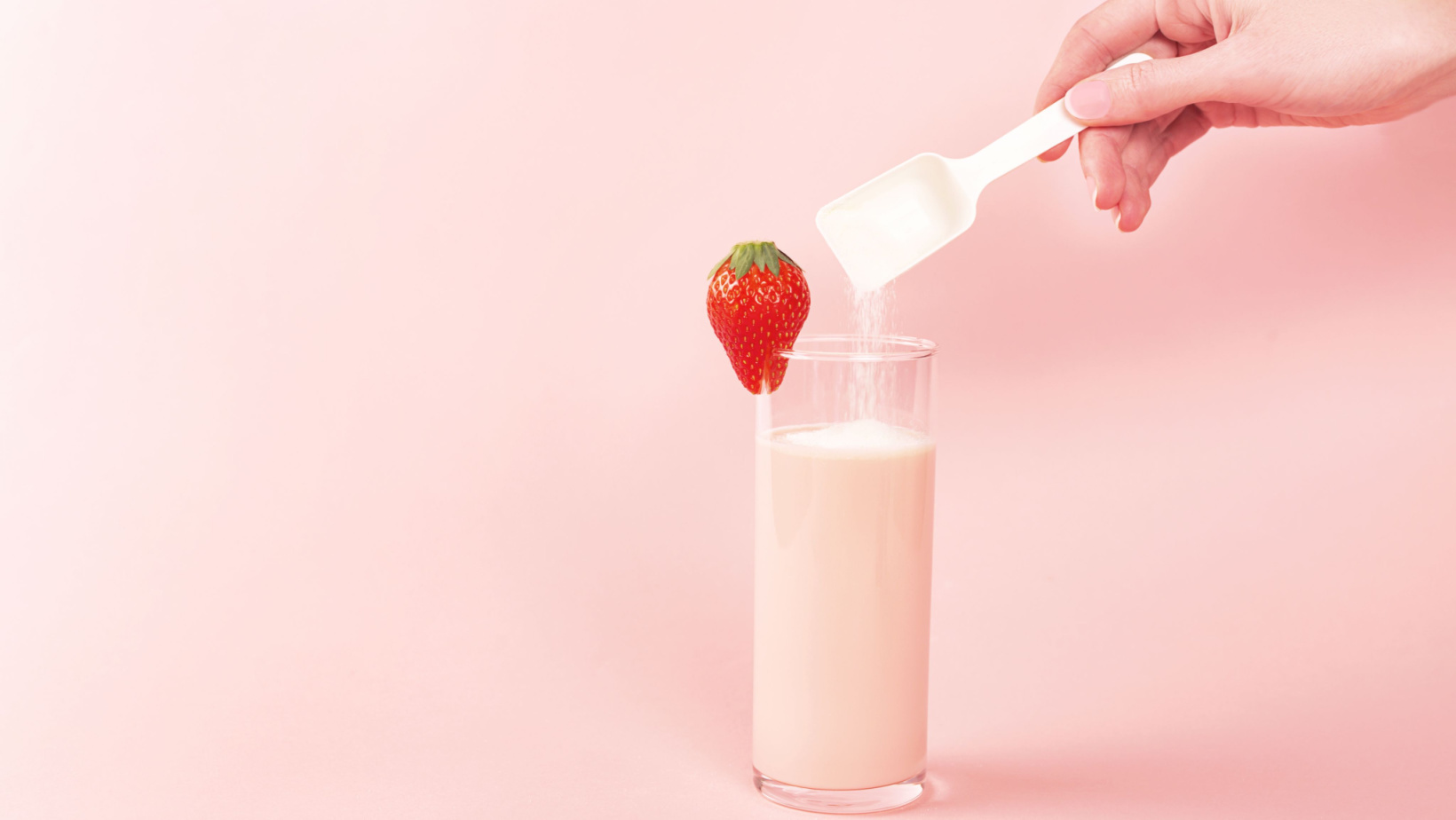Sometimes functional ingredients give a false sense of security. Once you realize just how many new doors are open, it seems the possibilities are endless. While in most cases they are, these ingredients require a lot of technique rather than just a “set it and forget it” approach. Frequently we field questions about adding a thickener to a powdered drink mix. This is a great idea, but the application has to be perfect before it can be successful. We put together a guide on how you should approach adding thickeners to a powdered drink mix. Follow this guide to better understand this process.
“How much thickener should I add to my powdered drink mix?”
Steps to Success?
When I first approach a recipe like this I like to start my testing with just the water and thickener. Let’s say you want to have 16oz (454g) of water in the finished drink. The first test is to see what amount of thickener that best fits my needs. Test 5-6 different ratios of thickener to water. You are the only one who knows exactly what you want from your recipe. We suggest testing in 0.25% increments. This should give you a general idea of where you want the viscosity to be. Even without the other ingredients you should be able to decipher the viscosity you prefer. If you find you dont like a particular ingredient you can swap it out. We have a list of thickeners at the bottom of this article to choose from. For the sake of this example let’s say that your recipe is best at 1.13g (0.25%) per 16oz (454g).
(Remember these examples do not reflect an actual recipe. Just the example of what you should do when developing a similar recipe)
Also the next thing to test is how does it blend into the recipe. Most thickeners require a “high sheer” which is fancy for “use a blender”. Some ingredients work better than others when whisked in, and some don’t work at all. So we suggest doing your testing with a blender. If you do not want your final product to need a blending step then you can use certain ingredients to avoid it. We will cover this at the end of the article. Once this has been settled you can move onto adding the ingredient to the dry mix.
Whether you are developing a recipe or have an existing one make sure you have it finalized before adding the thickener. Lets say your recipe makes 200g of dry mix and works best when 20g of the dry mix is added to the 454g water. Your recipe makes 10 servings per batch. So to incorporate enough thickener you will need at least 1.13g per every 20g of the dry mix. This way you get the full flavor of the mix as well as the correct thickening power. To make sure that this works you need to add 11.3g (1.13g x 10 servings) to the full recipe. With the added thickener that would make the necessary amount per serving 21.13g. If you are doing this in a small setting you will need to weigh the mix each time. If you are making this for a commercial setting you may need to pre measure this, package it individually or find the perfect sized scoop.
A recipe like this takes a good bit of reverse engineering, but it is absolutely possible. The thickener you choose will certainly make a difference as well. Common thickeners such as xanthan gum and guar gum will take longer to reach their full thickening potential. Mild thickeners such as acacia gum will mix in quickly but require a larger amount than other ingredients. There are two ingredients that we suggest to get the best of both worlds. Perfected xanthan and perfected guar gum are versions of these ingredients that are easier to mix in and hydrate faster than their classic counterparts.
To recap, start by picking an ingredient, decide how you want to mix it into the water. Once those two steps are finished all you have to do is calculate how much you need per recipe and serving. Once you have done that then you should have a perfect recipe. Check out our recipe for hot chocolate dry mix and until next time, keep cooking!


